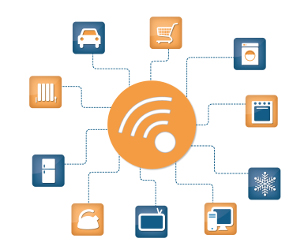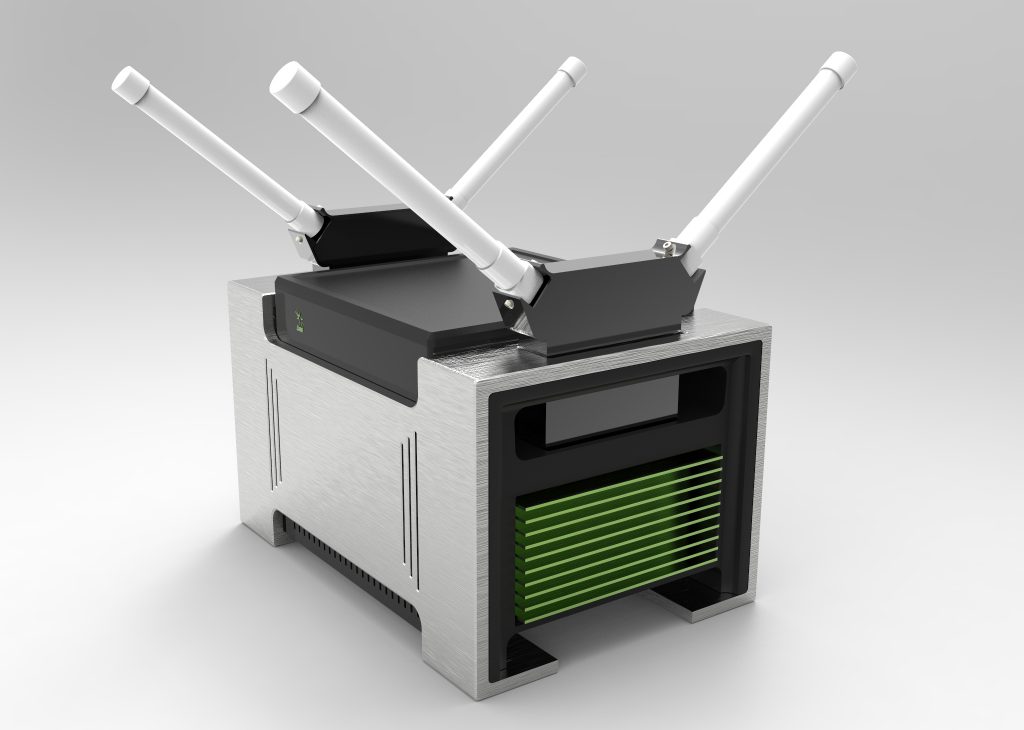[ad_1]
 Many current IoT business models are based on the sale of hardware. Chipsets dominate the cost of IoT devices so it seems an obvious path to follow. With every generation, IoT hardware gets faster, smaller and cheaper — and with this come potential reductions in the bill of material and higher margins for hardware vendors.
Many current IoT business models are based on the sale of hardware. Chipsets dominate the cost of IoT devices so it seems an obvious path to follow. With every generation, IoT hardware gets faster, smaller and cheaper — and with this come potential reductions in the bill of material and higher margins for hardware vendors.
At least that’s the theory but the reality is very different.
The pressure of commoditisation means that without product differentiation, the downward pressure on price is stronger than the reducing cost of the bill of material. This leaves hardware vendors with little choice; either choose more expensive custom components with a price premium and serve less price sensitive, niche markets, or use commoditised components and try to differentiate.
As a result, an increasing number of IoT device manufacturers are choosing general-purpose single-board computers (SBCs) or system-on-chips (SoCs).
This continued trend will see IoT revenues represented by hardware go into freefall, so where can IoT business look to differentiate and create revenue?
Canonical’s recent survey of 361 IoT professionals identified that 78% saw the real monetisation of connected devices lying in the creation, deployment and maintenance of value added services, with 40% stating it will be, specifically, through the consumption of services.
With embedded or cloud software offering the only way to deliver these services, this new model effectively turns a hardware product into a ‘thing as a service’ and shifts the value centre sharply towards software. In a world where all computers can affordably be general-purpose, the functionality of virtually all devices will be defined by the software running on them.
But this shift of value also needs device manufacturers to change their approach and put software right at the heart of their product.
Monetisation can only come if software isn’t treated as a one off component that ships with the hardware and never changes again. It needs to be an essential part of the product that will evolve over time and that can be bundled and monetised in multiple ways. This starts with the operating system and extends all the way to the business specific applications being run on the device.
As a result, versatile, IoT-specific operating systems, that can be repeatedly upgraded and addded to with new functionality, in the form of apps, will play a key role in opening up the IoT to new software-based business models.
For me, an ‘app store for things’ is a natural extension of the app store concept. By developing their own IoT app stores, businesses can offer add-ons and enhancements to their existing connected devices, charging users to download and install packaged applications to build upon their existing IoT technology. Such stores represent an opportunity not only for vendors, but also for software vendors and system integrators to widen the market for their software and services.
The ‘app store for things’ can be used in a variety of ways. As one example, Lime Microsystem, producers of software defined radios, use a white label app store from Canonical to let base station owners configure their device in one click and enable a 4G base station (see above) to offer a LPWAN (Low power wide area network) service.
The term ‘app store’ is usually associated with paid third-party applications, but it is also possible for companies to use an app store as a simple yet effective distribution mechanism to distribute their own software – either as a means of delivering upgrades or to patch devices en masse in-the-field.
In a world where every connected device generates data, the opportunities for monetising this data are limited only by your access and your imagination. We’re likely to see a number of previously unpredicted methods of monetisation emerge as the industry develops further.
It is this approach that I am promoting through Canonical’s growing work in the IoT space, encouraging the adoption of a single IoT operating system upon which advancements and new functionalities can easily be developed and delivered via snaps.
This is the future of the IoT – a future of software defined everything.
Mike Bell, EVP Devices & IoT Canonical
[ad_2]
Source link


